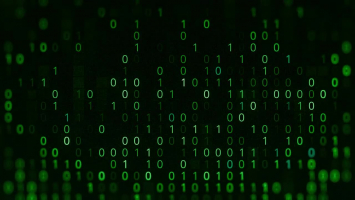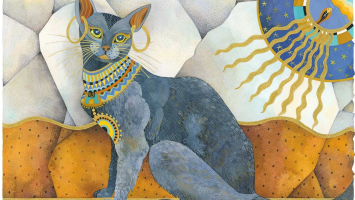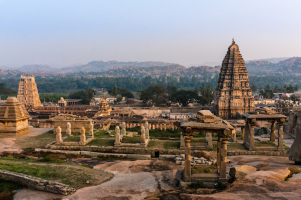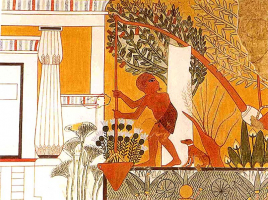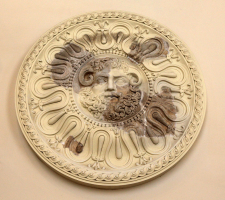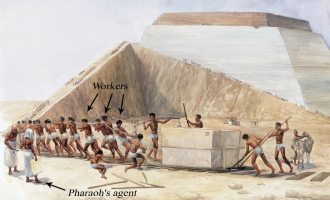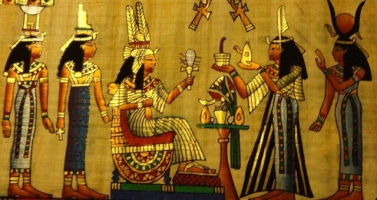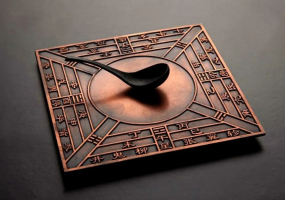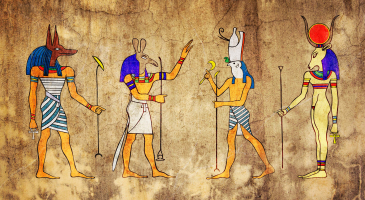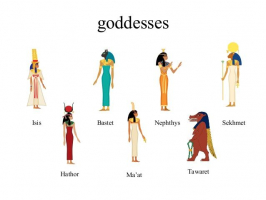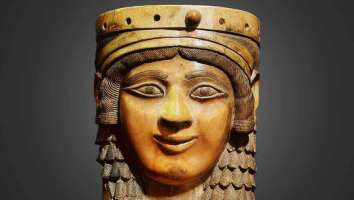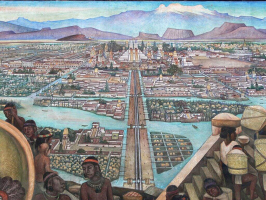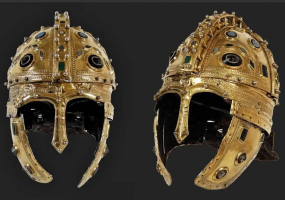Top 8 Incredible Ancient Mathematical
When we consider early modern works by mathematicians like Einstein, Newton, or Galileo, we think of groundbreaking accomplishments in the field of ... read more...mathematics. However, none of them would have been conceivable without the foundational work done by prehistoric mathematicians. Early civilizations like Greece, India, and Egypt produced some of the best ancient mathematical works, which served as a foundation for mathematicians and scientists to build upon for millennia.
-
Even though logic is by far the most important branch of mathematics, it may not be the most well-known. The circuits, also known as arithmetical logical units, that make up computers and all other modern high-tech devices are built on mathematical logic. They perform practically all of their sophisticated functions using simple functions like "and" and "or," which is essentially what we do with logical arguments.
Aristotle was the first thinker to consciously or unconsciously introduce logic to mathematics. He established the reasoning principles that would shape Western mathematics and science for the following two centuries in his six-part treatise, The Organon. The main claim of the essay was that an argument may be classified as logical or illogical solely on the basis of its logical organization.
Syllogisms, which are particular logical arguments that draw a conclusion based on two presumptively true statements, were used by Aristotle to illustrate this. The Law of Non-Contradiction, which states that no proposition can be simultaneously true and incorrect, and other fundamental principles of logic were also articulated by him as basic rules for logical arguments, or axioms.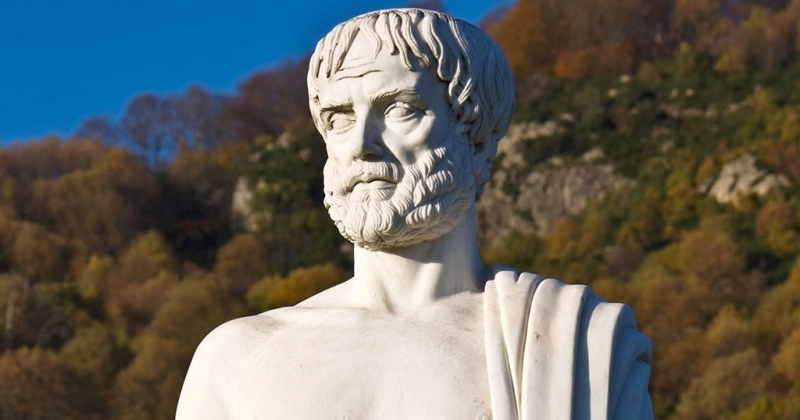
https://www.google.com/ 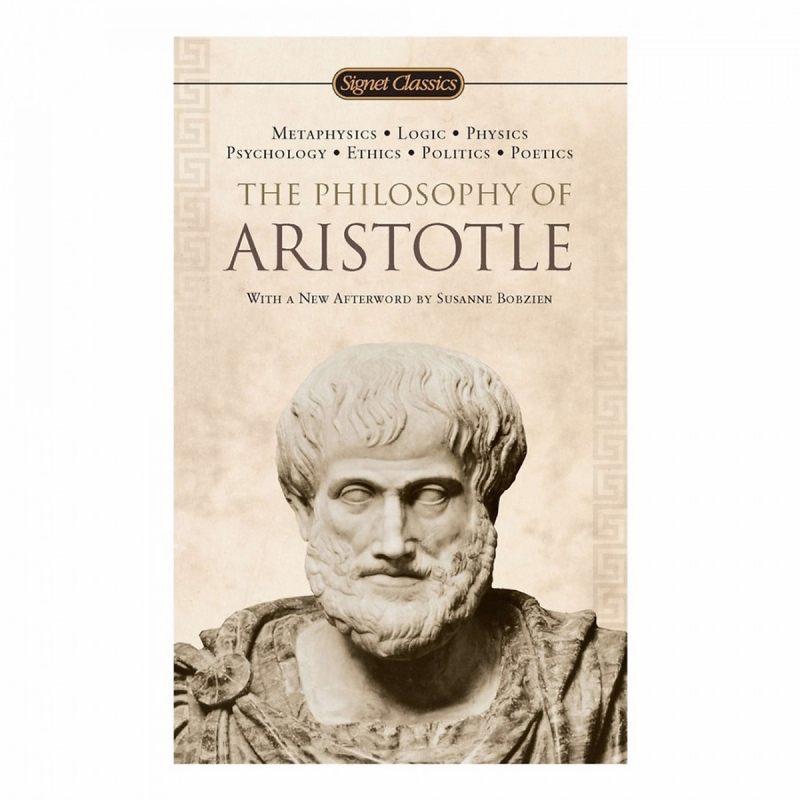
https://www.google.com/ -
The process of hypothesis, observation, inquiry, analysis, and conclusion that guides all current scientific disciplines is known as the "modern scientific method," and it has taken a long time to develop. Many early mathematicians, including a few we've already discussed, such as Euclid and Brahmagupta, left behind works that include hints of it. However, none of them used it expressly in their works as a rigid and structured procedure—a practice that didn't emerge until the Golden Age of Islam.
Ibn al-Haytham, who is unquestionably among the finest and most significant mathematicians of all time, was the first thinker to consciously use the modern scientific method in the 10th and 11th centuries. One of the reasons Islamic science was so cutting-edge for its time was because of the stringent methodology he used, which other famous scientists in the region adopted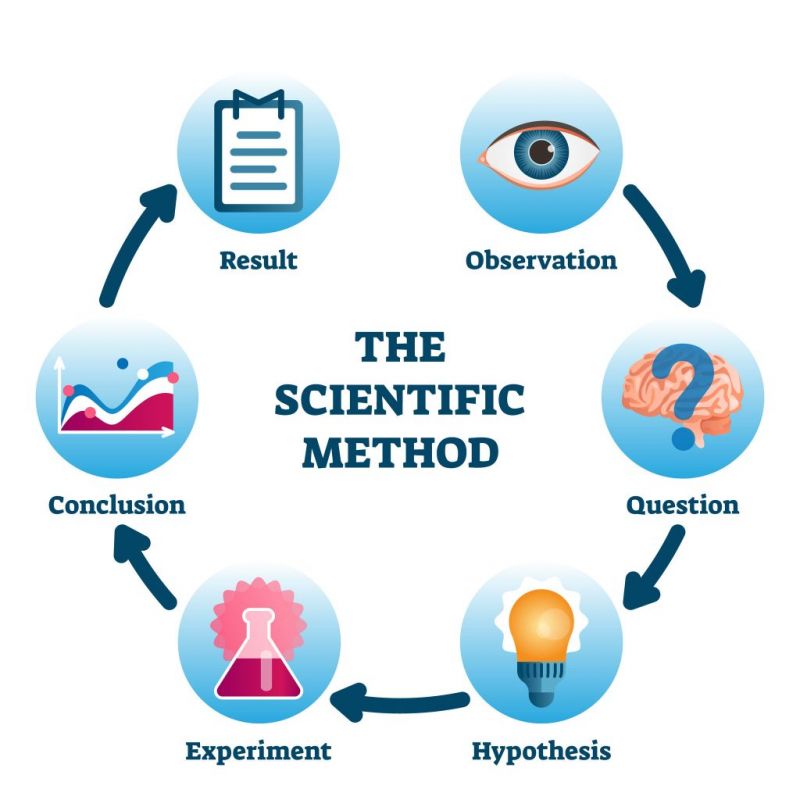
https://www.google.com/ 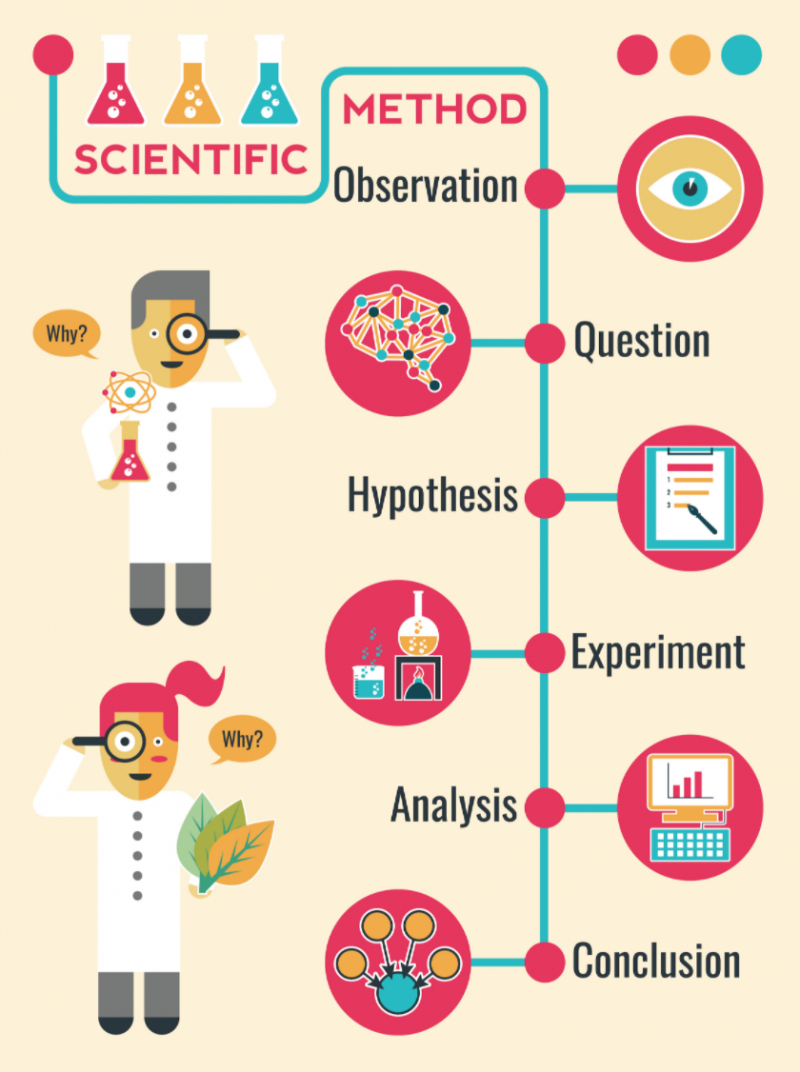
https://www.google.com/ -
Even though it is not as advanced or even as useful as the Hindu-Arabic system, the Egyptian number system deserves a spot on any ranking of the greatest early mathematical accomplishments. It is a significant turning point in human history because math had previously only been utilized for simple counting. Egypt was the first culture, or at least the first society that is known about, to apply mathematical computations for everyday chores including taxes, flood prediction, registering property ownership, and cooking thanks to the number system.
Although it was a significant mathematical advance, the Egyptian number system wasn't appropriate for more sophisticated and abstract calculations. Though it employed hieroglyphic symbols for higher powers rather than a positional, place-value system, which rendered huge, complex computations impossible, it was based on factors and multiples of ten, just like the current system.
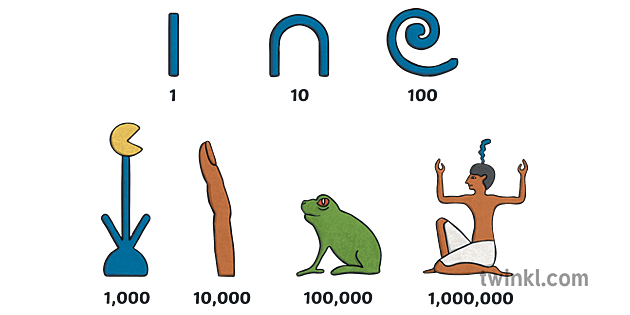
https://www.google.com/ 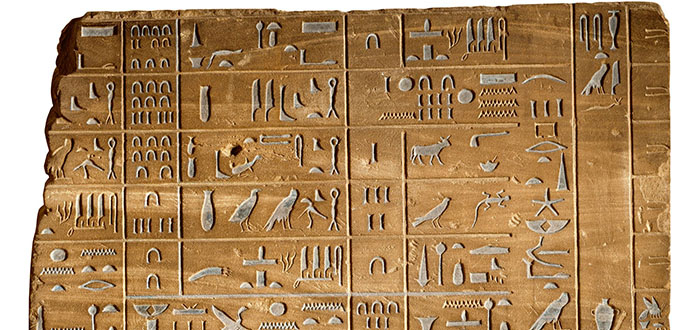
https://www.google.com/ -
Even though most of us don't give it much thought, the development of the present number system was undoubtedly one of the most significant accomplishments in the history of mathematics. The decimal system, also known as base ten, employs the placements of the numerals to signify different powers of 10. While earlier versions of these systems did exist—for example, Roman numerals, which are also decimal-based but not positional—the majority of them were wildly impractical for a variety of reasons. Imagine performing routine computations using just Roman numerals.
Though in a slightly different form, the current number system, commonly known as the Hindu-Arabic Numeral System, has roots in India from the third century BC. A set of 10 digits, now known as Brahmi numerals, were somewhat different from contemporary numbers but employed the same decimal, positional system. Though a formalized version does not appear until the 4th century, during the rule of the Gupta Dynasty, we know that they were altered and incorporated into numerous number systems throughout the Indian subcontinent in the next decades.
The system then traveled to the Islamic civilisation, where it was improved upon and formally embraced around the ninth century. In Europe, where it swiftly supplanted the predominating Roman system, it gained popularity thanks to the writings of Islamic intellectuals like Al-Khwrizm and Al-Kindi. The Hindu-Arabic number system was the most widely used one in the known world by the 12th century.
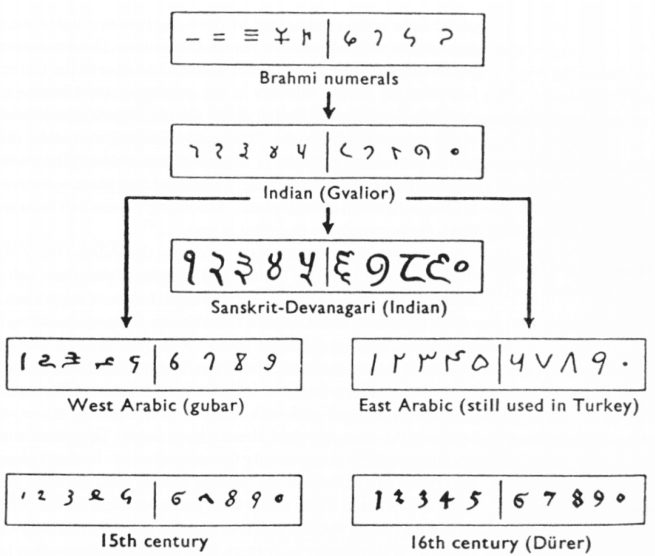
https://www.google.com/ 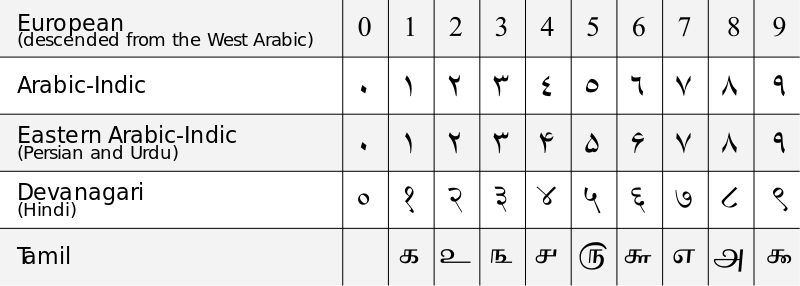
https://www.google.com -
Greek polymath Eratosthenes was born in Cyrene, an ancient Greek city in what is now northeastern Libya, in 276 BC. By the time he was 40, he had become well-known for his knowledge in a variety of subjects, including mathematics, poetry, writing, and philosophy, earning him a place at the renowned Library of Alexandria.
The calculation of the Earth's circumference was Eratosthenes' most significant accomplishment, however he made far too many contributions to early mathematics to include them all here. He achieved it by comparing the lengths of the shadows that were cast on the summer solstice in Alexandria and Syene, which is now Aswan, two different Greek cities.
He determined the Earth's diameter to be around 40,000 km, or 24,900 miles, using that information and an approximation of the distance between the two cities from traveler accounts. He had estimated the distance between the cities just a little bit incorrectly, so he was off by around eight kilometers.
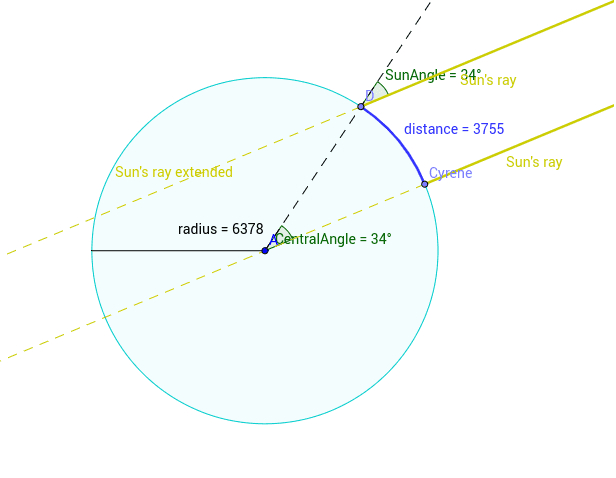
https://www.google.com/ 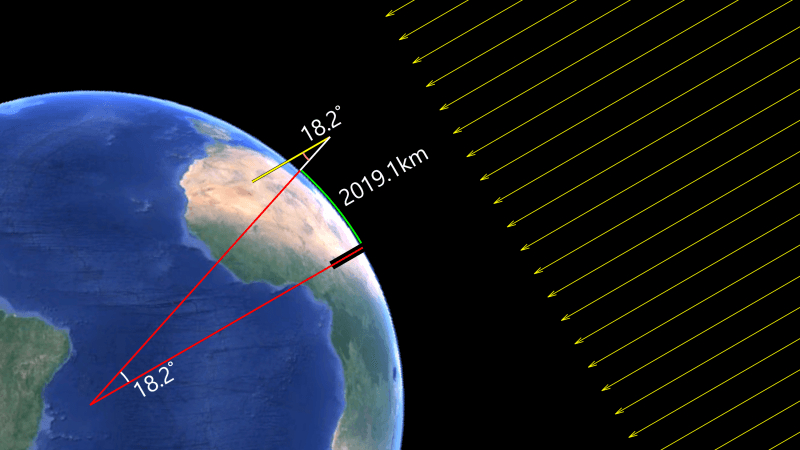
https://www.google.com/ -
While we now understand that the Sun, not Earth, is at the center of the solar system, this was a very large leap for ancient mathematicians to make. The Sun, along with all the other celestial bodies, may be seen orbiting the Earth every day. It appeared evident that our globe is at the center of everything, not only the solar system, even to the most learned thinker during, say, the Bronze Age.
The first mathematician to realize it was Aristarchus of Samos, a Greek philosopher who was born around 310 BC. He accurately hypothesized that the Sun is at the center of the solar system and that all the planets, including Earth, circle around it by studying the motion of the Moon, Sun, and other planets in the night sky.
He had some good ideas, but they were a little too much ahead of their time. It was challenging for mathematicians in those days to consider any universe model that didn't have Earth at its center; in fact, it was nearly impossible. The heliocentric model of the solar system didn't really take off until the Renaissance era, despite the fact that it is now obvious that Aristarchus's finding was one of the most revolutionary mathematical discoveries in history.
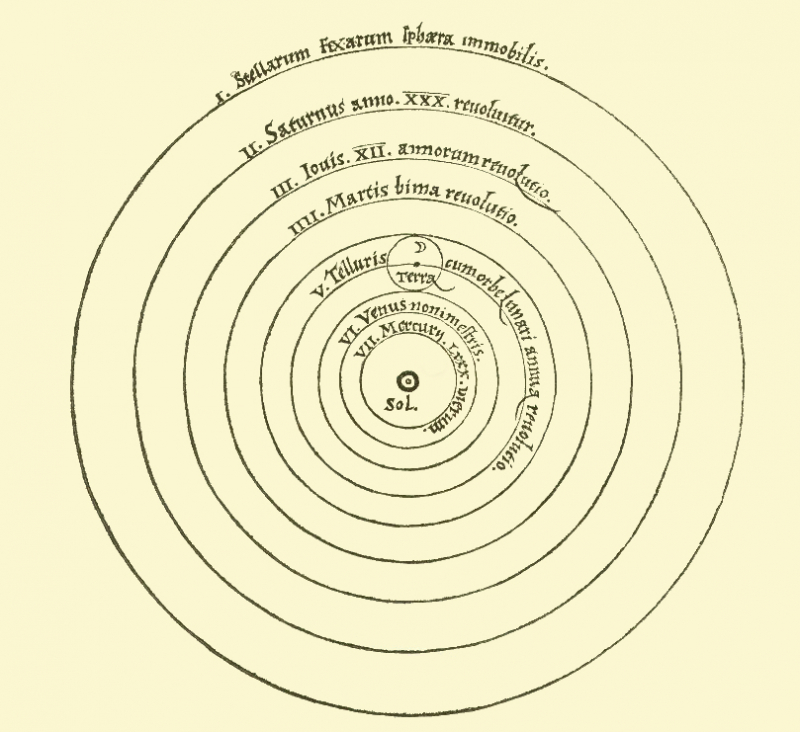
https://www.google.com/ 
https://www.google.com/ -
At least as far back as Ancient Egypt, the number system has been in use. For a very long time, however, the concept of zero was not included in that. Math and geometry have been completely devoid of the concept of nothing for years, if not millennia, which has obviously complicated ordinary computations.
Around 300 BC, ancient Babylonia became the first society to develop a practical understanding of 0; yet, it was only applied to numerals that had a 0 between them, never at the start or end. While it was an excellent way to tell apart numbers like 68 from 608, for example, the idea was never expanded to include calculations of a more intricate kind. Around six centuries later, the Mayans experimented with the idea as well, but only for dates and days in their incredibly complicated calendar systems.
Ancient India was the first culture to truly understand zero as we understand it today. While other eminent Indian mathematicians over the ages made significant contributions to the theory, Brahmagupta was the first to accurately clarify its application and operation in the year 628.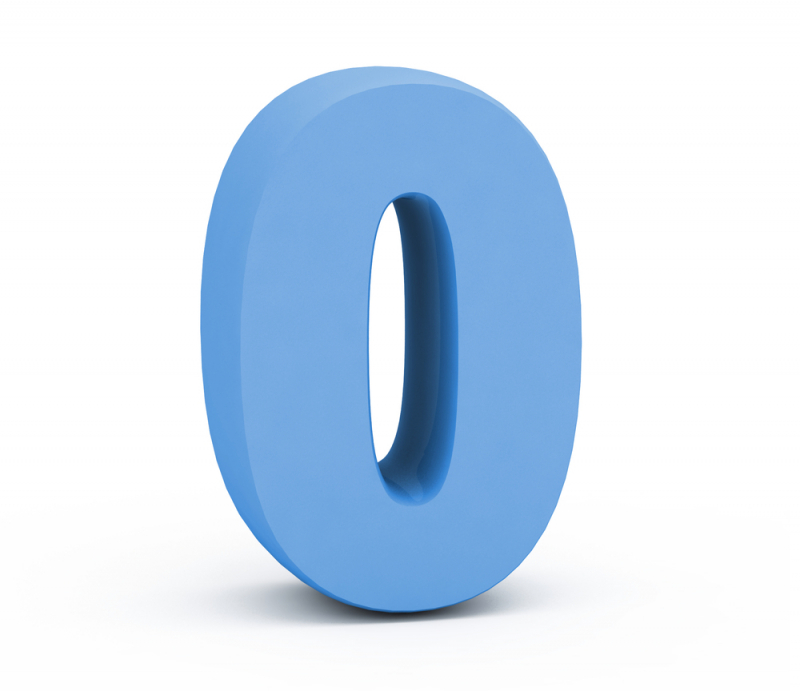
https://www.google.com/ 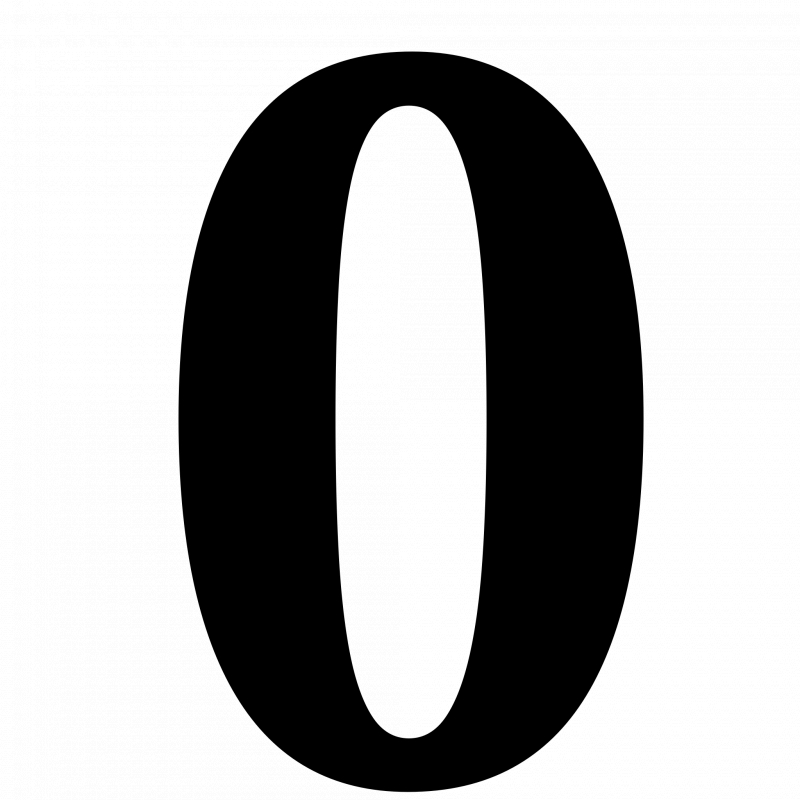
https://www.google.com/ -
The Greek mathematician Euclid, who lived in Alexandria, Egypt, in the third century BC, is the inspiration behind the name of Euclidean geometry. Given that Euclidean geometry is the geometry taught in elementary and secondary schools all throughout the world, almost everyone can acknowledge its enormous influence on mathematics.
But Euclid's impact on mathematics goes beyond simple geometric ideas. He was one of the pioneers of what is now known as the scientific method at the time. Mathematics has greatly benefited from Euclid's emphasis on proof and careful experimentation over conventional techniques. Until the introduction of non-Euclidean geometry in the 19th century, the term "geometry" was synonymous with Euclidean geometry due to the influence of Euclid's early geometry treatise, Elements.
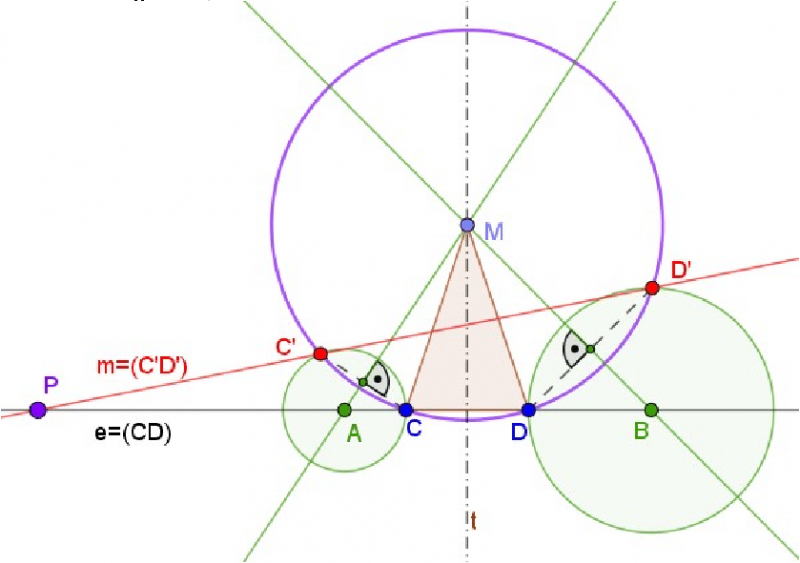
https://www.google.com/ 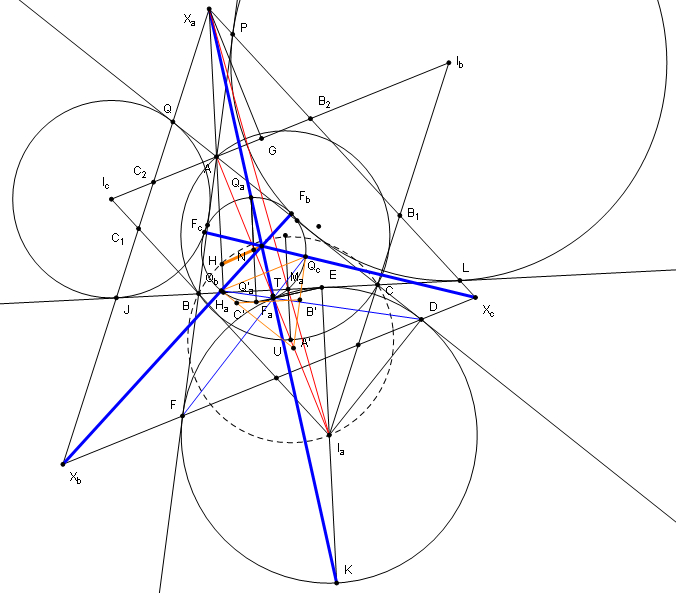
https://www.google.com/










